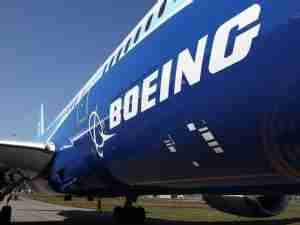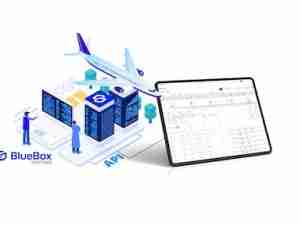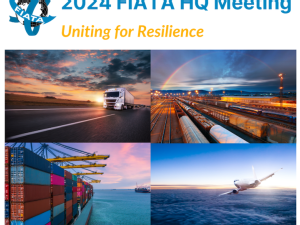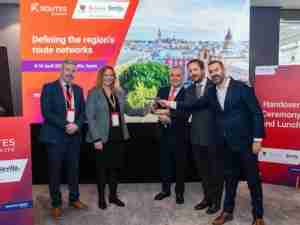C.A.L. operates 7-8 flights per week between Tel Aviv and Li'ge as well as 3-4 flights per week between Li'ge and New York JFK. 'The new European customs regulation led us to approach Traxon Europe as the leading solution provider in this field. Traxon Europe provides us with a single gateway to all customs organizations in the EU', said Yaron Oren, CEO of C.A.L. 'Our decision to work with Traxon Europe was based on the positive feedback we had received from its current clients and partners.'
'We are very proud that we were able to win C.A.L. as a customer for this new product', said Carola Bodach, Senior Area Manager Sales of Traxon Europe. 'We look forward to deepen our relationship in the years to come.'
Easy Solution
The EU Import Control System (ICS) was scheduled to go live in all EU member states on January 1, 2011. Since then, pre-arrival information such as Entry Summary Declarations (ENS) for shipments into the European Union must be provided electronically and within a specified time. This applies to freight offloaded in the EU as well as to freight remaining on board (FROB) and carried on to airports outside the EU. If the required data is not provided, traders risks having goods delayed or their entry refused at the EU border once the grace period announced by some countries is over.
'Our TRAXON Air Cargo Customs (ACC) portfolio covers a wide variety of country specific solutions. All these products neither need massive investment nor extensive staff training. They are easy to maintain due to the single provider and gateway. They save time and money by automating many internal processes and reducing paperwork', explains Carola Bodach.











